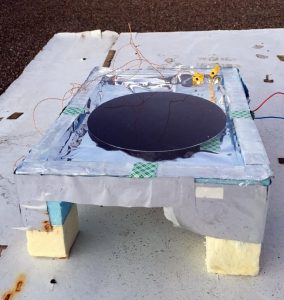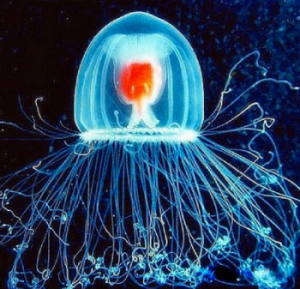
photo from:
https://www.abc.net.au/news/2018-05-21/stargazing-how-to-photograph-night-sky/9776494
How many times has your phone shut down in the cold air? Imagine if instead of your phone turning off you could use the cold to charge it.
Researchers at Stanford University and University of California, have found a way to use the cold air at night to generate electricity similar to using solar light. In their research which was published on September 12th, they claim that their “work highlights the many remaining opportunities for energy by taking advantage of the cold of outer space as a renewable energy resource.”
This device works by covering one side with aluminum paper and facing it towards the sky, then covering the aluminum plate with a transparent sheet and insulting all around the device to prevent heat from getting in. This method allows them to use a technique called radiative sky cooling which uses a thermoelectric generator that utilizes the difference in heat in the device compared to its surrounding to generate electricity. As heat enters the space between the aluminum plate and the transparent covering that has a temperature lower than the surrounding it is put out by thermal radiation; this transfer of energy is how this device makes electricity.

photo from digitaltrends
Interestingly, the making of this device has only cost them $30 and has generated enough electricity to light a small LED light bulb.
This finding can help provide power to remote areas, low income areas, and when you are on the move. However, this device is still at elementary stages but with further research and improvements it can be a beneficial low cost path of generating electricity.
In the video below lead researcher Raman and other researchers on his team explain how this process works and how it can also be used as an alternative to air conditioning for cooling buildings.
-Zahra Ghodsi

